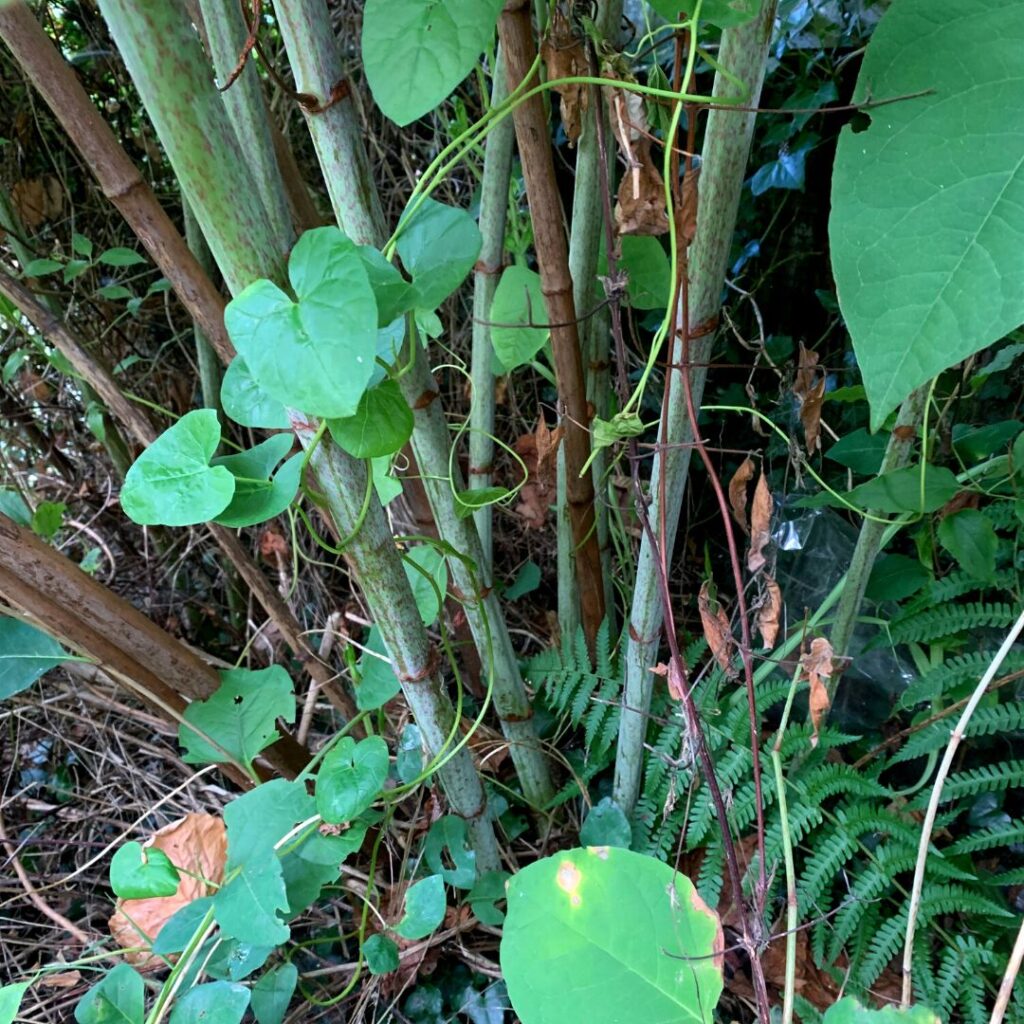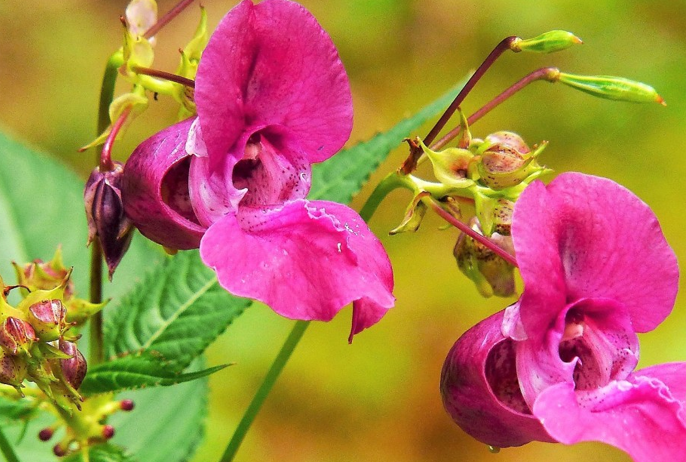Invasive Plant Species Survey & Eradication
Invasive Plant Species Survey & Eradication
Having many years of experience in the identification and eradication of invasive plant species, Practical Waste Solutions Ltd offers services to public and private sector clients. We have developed techniques for the eradication of invasive plants and treatment of residual soils that significantly reduces and at times avoids expensive waste disposal costs. Our projects involving full plant/soil management are supported with our time limited warranty. Our ‘no job is too small’ approach means that we can offer our help for domestic, agricultural, construction and land development clients throughout the UK and Ireland.
GIANT HOGWEED
Rather similar in looks to an overgrown cow parsley, it can grow to 10 feet high and can also be harmful to the skin if its sap makes contact.
Similar to other invasive plants being difficult to control, it needs a considerable amount of attention to prevent its spread. Attention must be paid in terms of selecting the appropriate Personal Protective Equipment when dealing with this plant such as adequately covering arms and legs, and wearing a mask. The sap and debris can cause a nasty reaction.



JAPANESE KNOTWEED
Its vigorous growth and hostile command of land has resulted in it being an offence against the 1981 Wildlife and Countryside Act to grow it. In the UK, if it isn’t controlled by those who have it in their garden, a community protection notice can even be given.
Effective treatment of Japanese Knotweed can take several years to be effective. In terms of control, Japanese knotweed is obviously extremely difficult. The root system can travel very far and the smallest rhizome can produce an entirely new plant. It is therefore essential that expert assistance is used in its eradication.

HIMALAYAN BALSAM

NEW ZEALAND PIGMYWEED
RHODODENDRON PONTICUM
extremely negative impact on both wildlife and the ecology of the site which it inhabits. The
Forestry Commission has found that it can significantly reduce the numbers of earthworms,
birds and plants in the area and it is also considered to be toxic to herbivores. Other habitats of
small mammals, such as the dormouse, have also been badly affected due to the smothering
effect of the rhododendron on native plants.


